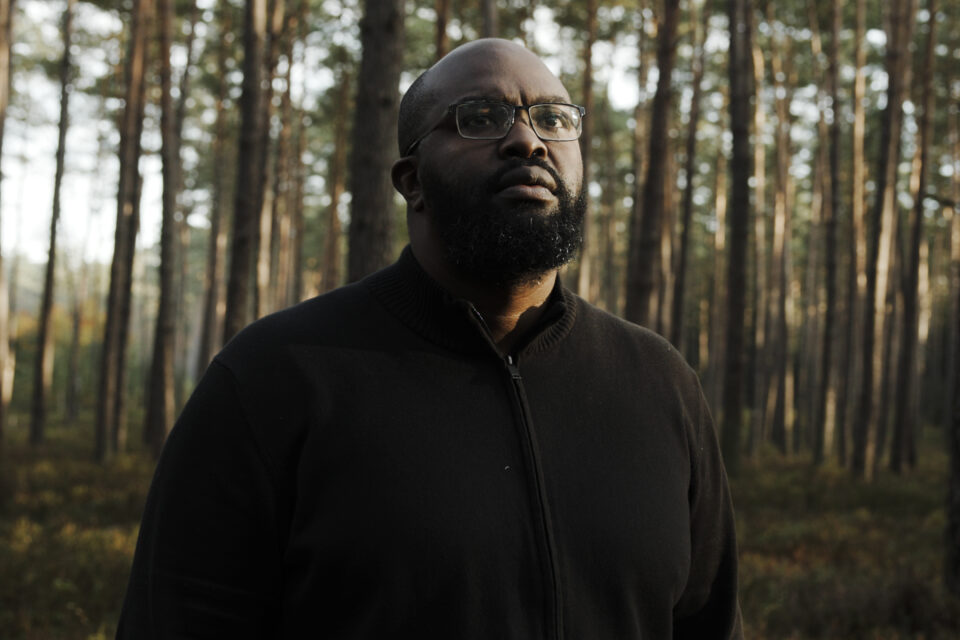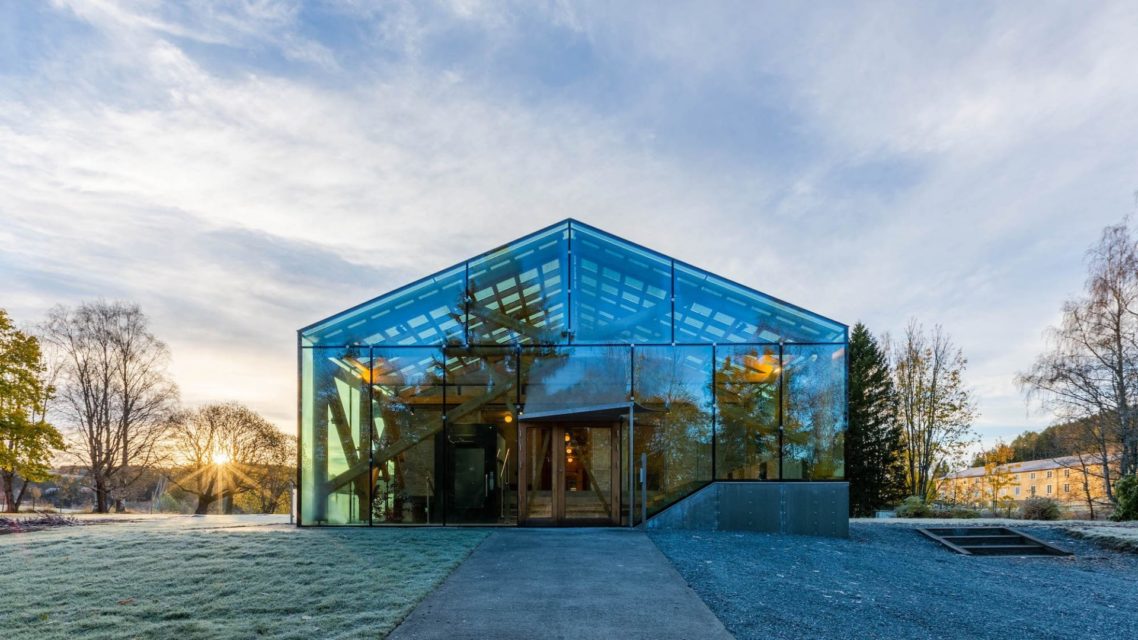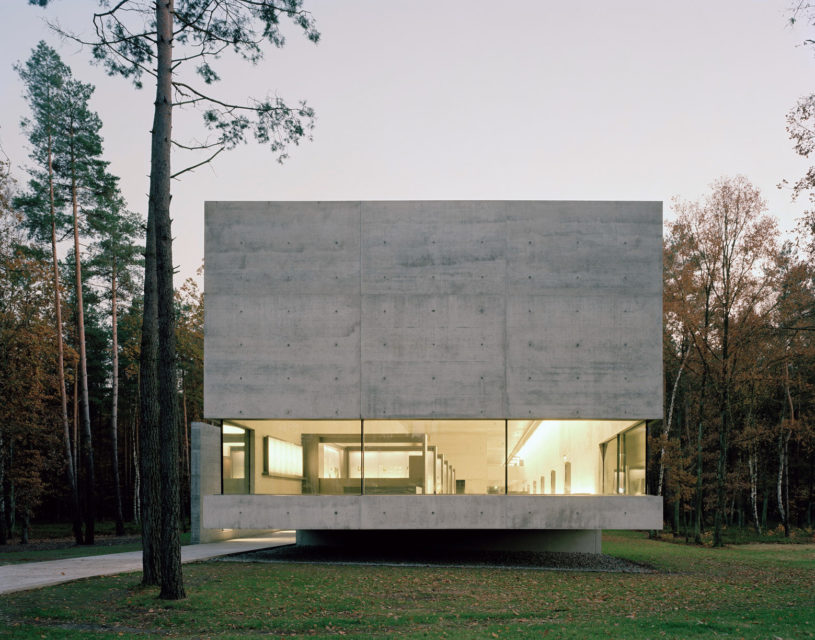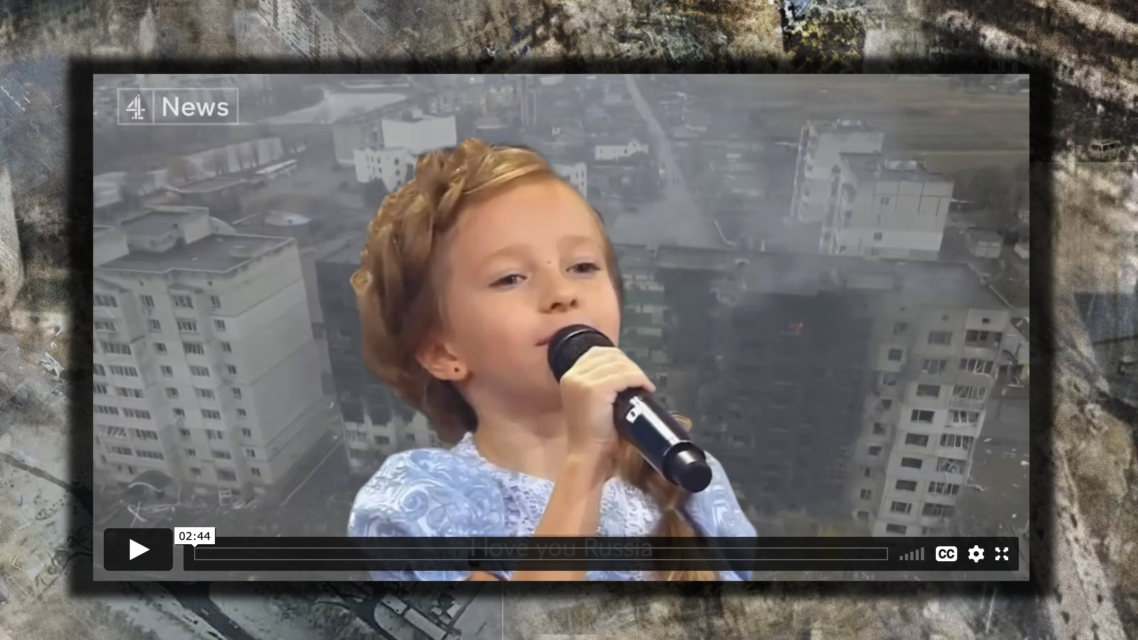Houses of Darkness (2020-2023) is a culture cooperation project co-funded by Creative Europe and a joint initiative of four partners in Norway, Germany, and the Netherlands: Bergen-Belsen Memorial (DE), Camp Westerbork Memorial Centre (NL), Falstad Centre (NO), and Paradox.
Addressing perpetrator perspectives at a Nazi camp memorial site is a contested task. After WW2, the extensive system of camps was transformed to a trans-European network of memorials dedicated to remembering the victims of the crimes. Perpetrator spaces, former camp headquarters and commander houses, imply a challenge to memorials’ teaching and curatorial practices. A need to address the memories of these buildings motivated the project. In a time when war is again at Europe’s doorstep, it is crucial not to keep perpetrator heritage in the dark, risking populist voices claiming their ownership to it. Instead of refusing to take perpetrators’ perspectives, Houses of Darkness uses memorial sites as arenas for enlarging them and debating them together. In exploring what it meant to be responsible for war crimes in the past, we also discuss how our choices and actions in the present – as individuals and societies – shape the world we are living in.
Three site-specific exhibitions
An Instagram documentary, online stories platform, and two podcasts
Poetry Is Out of Place, Jakob Ganslmeier
Poetry Is Out of Place is a body of work centred around the notion of perpetrator perspectives. Developed in response to a former commander’s house at the Falstad Centre in Norway, nowadays a memorial, it comprises six video-based pieces: Public Enlightenment I-III, Where Dreams Come Home, In the Blue, and A New Beginning.
Ganslmeier’s videos compile a variety of visual material, with formats ranging from classic documentary, real estate video, to high-paced video collages interrogating the sources of today’s far-right extremist ideas. Following up on his long-term engagement with former extremists and Germany’s fragmentary attempts of denazification (Haut, Stein, 2017-2020), the artist turns his attention to the online world where a large part of today’s radicalisation happens: through images, the use of symbolism, appropriation of memes, and music. A counterbalance to the loud scenes of youth culture hijacked by far-right extremists, representations of power and dictatorship, and reenactments of WWII atrocities on Youtube in Public Enlightenment I-III are the more meditative In the Blue, A New Beginning, and Where Dreams Come Home that raise questions such as how long should it take for us to let go of our past? Are buildings with violent histories forever contaminated, or can they still serve as living or work spaces? Can we ever feel comfortable at places where so many have suffered? Why look at perpetrators at all? The juxtaposition of radically different artistic approaches establishes a bridge between the historical representations of perpetrators and those of today, as well looking at how our choices and actions in dealing with our past continue to shape the societies we live in today.
His Name Is My Name, Jongsma+O’Neill
His Name Is My Name is an animated documentary series that explores how the crimes of WWII-era perpetrators still reverberate through today’s society, shaking the foundations of our homes and our families. At the heart of His Name Is My Name is the personal journey of one of its makers, Eline Jongsma. Jongsma grew up unaware that her great-grandfather was a Nazi-aligned mayor famous for his penchant for violence. Known as Gekke Gerrit, which means “Crazy Gerry” in Dutch, this hidden ancestor was wiped from the family history after the war. But secrets can’t stay hidden forever, and once Jongsma discovers Gerrit’s existence, she becomes obsessed with reconstructing his story—even if it means finding out that he may not be the only perpetrator hiding in her family tree.
Part detective thriller and part personal visual essay, His Name Is My Name tracks Eline’s investigation into her family’s history, and shines a light into a still-dark corner of Europe’s past.
Two Podcasts, Simon Stranger
A Journey to The Grey Zone
For ten years, Simon Stranger worked part-time in the textile industry. Besides writing, he sewed garments in collaboration with a Norwegian clothing designer. Part of their work philosophy was to make it possible for people with disabilities to be part of the process, and to gain a deeper respect for the unseen labour that goes into making our clothes, often under dangerous conditions. This experience made him understand how our lives are intimately connected with people we will never meet. Even an action as trivial as buying a T-shirt is not morally neutral. A Journey to The Grey Zone explores how our thoughts and ideas are influenced by the times and culture we live in, and raises questions such as: Who are we to judge one another (especially in hindsight)? How consistent are we in our behaviour, in the choices we make as consumers, as citizens? And furthermore: Are we morally linked to events that are part of the society we were born into?
Attempts to Grasp The Inner Life of The Last Commander
There is no record of the last commander’s inner thoughts during his time at Falstad. However, in a fictional essay, Simon Stranger attempts to let the commander “think for himself” as he puts it. “Without judging him – just as we don’t normally judge our own actions – because the action has already been rationalised, considered as right. That’s why saying sorry is so difficult.” Underlying this text is the idea that the people who committed crimes during the Nazi-era were ordinary individuals. As a result Stranger brings himself into the equation; how would he have acted? Genocides in other parts of the world such as in Rwanda or Bosnia and Herzegovina prove time and time again that this could have been done by many of us. As democracies are failing, threatened by authoritarian forces, these questions are perhaps more important than ever.
-
Houses of Darkness
2 October 2020Paradox is excited to announce Houses of Darkness, an international multi-platform project dealing with the conflicted heritage of three former concentration camps across Europe. Together with three memorial sites: Falstad Centre (NO), Camp Westerbork Memorial Centre (NL), and Gedenkstätte Bergen-Belsen (DE) we will commission a team of young professionals including a photographer/filmmaker, journalist/writer and designer....
Read more -
Houses of Darkness – introducing the artists
7 November 2021Paradox is happy to share the names of the talented international group of artists working on Houses of Darkness, our long-term collaboration with three WWII memorial centres in Norway, Germany, and The Netherlands. Over the coming months, three teams will produce new work focusing on the ‘perpetrator perspective’, taking another route into the WWII heritage...
Read more
-
Read more »‘Part of me wants to hide’: Dutch director traces great-grandfather’s Nazi war crimes
-
Read more »Le secret de la famille Jongsma




















